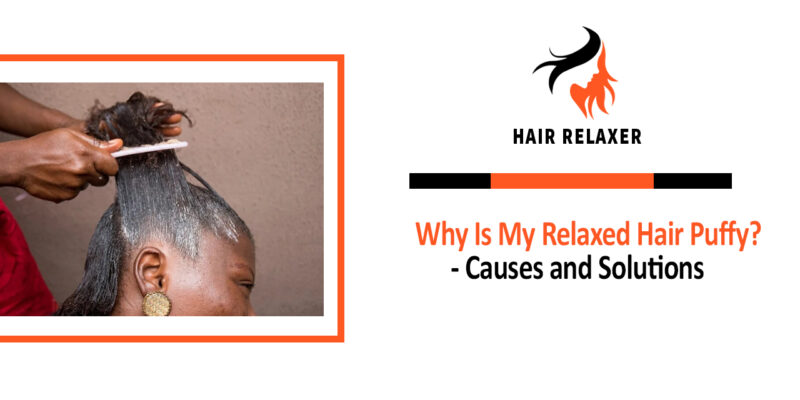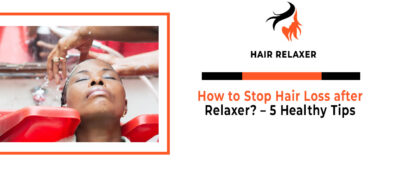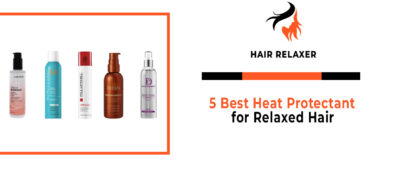This is a world where everyone wants to look perfect and hair plays the most important role in your personality.
So, relaxed hair offers individuals the opportunity to achieve a smooth and manageable look, free from the constraints of their natural curl pattern.
However, one frustrating challenge that often arises is the phenomenon of puffiness. Many individuals with relaxed hair find themselves questioning, “Why is my relaxed hair puffy around?”
This perplexing issue can hinder their desired sleekness and leave them searching for answers.
Puffiness in relaxed hair refers to the unwanted expansion and frizz that can occur, resulting in a lack of definition and an overall voluminous appearance.
Understanding the underlying causes behind this phenomenon is crucial for effectively addressing and resolving the issue. By delving into the reasons behind puffy relaxed hair and exploring potential solutions, individuals can regain control over their hair’s texture and achieve the desired smoothness.
In this article, we are going to start a journey to uncover the mysteries of puffy relaxed hair. We will delve into the factors that contribute to this frustrating occurrence, ranging from hair care practices to external environmental influences.
By gaining a comprehensive understanding of the root causes, we will find the solution with the knowledge needed to combat puffiness and restore our hair to its full potential.
Join us as we explore the ins and outs of why relaxed hair becomes puffy and dry also discover effective strategies and solutions to tame and manage this challenge.
By the end of this enlightening journey, you will be equipped with the tools and products to transform your puffy relaxed hair into a sleek and stunning masterpiece. Keep reading!
What is a relaxer?
A relaxer, also known as a hair relaxer or a chemical relaxer, is a product used to chemically alter the natural texture of tightly curled or kinky hair, making it straighter and more manageable. It works by breaking down the protein bonds in the hair, allowing it to be reshaped and straightened.
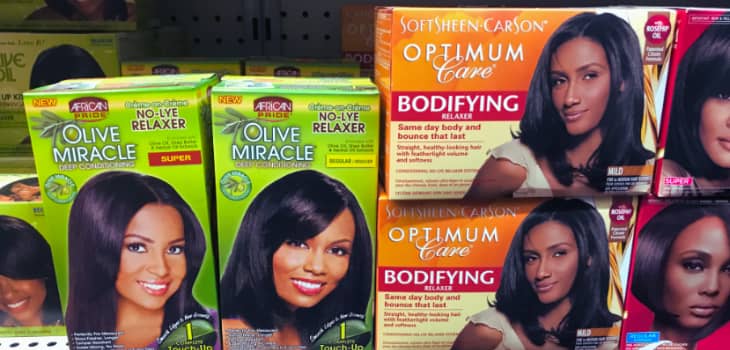
There are primarily two types of relaxers: lye relaxers (also known as sodium hydroxide relaxers) and no-lye relaxers (also known as calcium hydroxide relaxers or guanidine hydroxide relaxers).
Type of Hair Relaxer
Lye Relaxers
Lye relaxers are the oldest type of relaxers and are known for their strong alkaline properties. They contain sodium hydroxide as the active ingredient. Lye relaxers have a higher pH level and are considered more caustic compared to no-lye relaxers.
They are effective in breaking down the protein bonds in the hair quickly, resulting in more significant straightening. However, they can also be more damaging if not used properly. Lye relaxers are typically recommended for individuals with coarse or resistant hair.
No-Lye Relaxers
No-lye relaxers are milder alternatives to lye relaxers. They use either calcium hydroxide or guanidine hydroxide as the active ingredients. No-lye relaxers have a lower pH level and are considered less harsh on the scalp and hair.
They are generally gentler but may require a longer processing time to achieve the desired results. No-lye relaxers are commonly recommended for individuals with fine or sensitive hair.
What is relaxed hair?
Relaxed hair refers to hair that has undergone a chemical process called hair relaxing or hair straightening. The purpose of this process is to alter the natural texture of tightly curled or kinky hair, making it straighter and more manageable. The term “relaxed” is used because the hair’s natural curl pattern is relaxed or loosened.
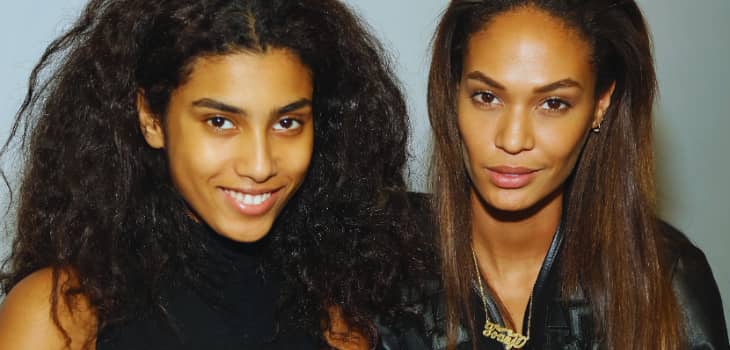
The process of relaxing involves applying a chemical relaxer product to the hair. The relaxer contains alkaline or alkaline-like substances, such as sodium hydroxide or calcium hydroxide, which break down the protein bonds in the hair shaft.
This allows the hair to be reshaped and permanently straightened. After applying the relaxer, it is left on the hair for a specified amount of time, then rinsed out and neutralized to stop the relaxing process.
Why is my relaxed hair puffy?
Puffiness in relaxed hair can be attributed to various factors, including hair care practices, environmental influences, and the hair’s natural characteristics. By understanding these reasons, you can effectively address the issue and take appropriate steps to minimize puffiness. Here are some common causes of puffy relaxed hair:
Over-processing
Relaxing the hair too frequently or using harsh chemicals can lead to over-processing. Over-processing weakens the hair’s natural elasticity, which is responsible for maintaining its shape and structure.
When the hair loses elasticity, it becomes more susceptible to frizz and puffiness as it is unable to hold a smooth, defined texture.
The chemical process of relaxing breaks down the protein bonds in the hair, allowing it to be reshaped and straightened. However, excessive exposure to relaxer chemicals through over-processing can weaken the hair shaft.
Weakened hair is more likely to become porous, absorbing excess moisture from the environment and leading to puffiness. The repeated use of relaxer chemicals without adequate time for the hair to recover can weaken the overall structure of the hair. Weakened hair is more prone to breakage and damage, which can further contribute to a puffy appearance.
Incorrect Relaxer Strength
Using a relaxer that is too strong for your hair type or leaving it on for an extended period can cause excessive straightening.
Different hair types require different levels of relaxation. Using a relaxer that is too strong for your hair type can lead to excessive straightening. When the hair is overly relaxed, it loses its natural texture and elasticity, resulting in a lack of body and bounce. This excessive straightening can make the hair appear flat and puffy.
This inconsistency in the curl pattern can create an uneven texture and contribute to a puffy appearance. Using an incorrect relaxer strength can also cause scalp irritation and sensitivity. When the scalp is irritated, it can lead to inflammation and subsequent puffiness in the surrounding hair.
Insufficient Neutralization
Incomplete neutralization of the relaxer chemicals during the rinsing process can leave residue on the hair. This residue can cause the hair shaft to swell, resulting in puffiness.
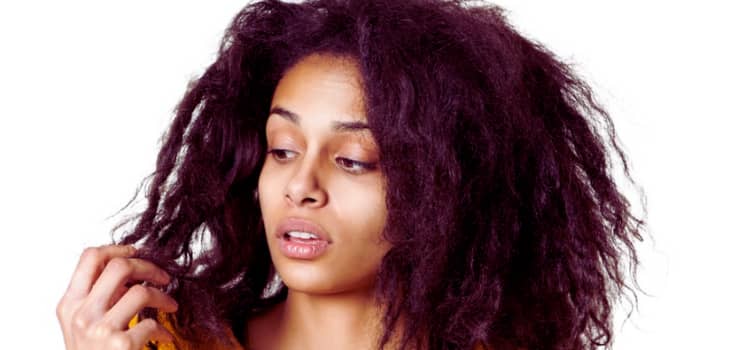
Lack of Moisture
Relaxed hair tends to be drier and more susceptible to moisture loss. When the hair lacks moisture, it can become brittle, leading to frizz and puffiness. Insufficient moisturizing and sealing routines exacerbate this issue.
Humidity and Weather Conditions
Environmental factors play a significant role in the appearance of puffy hair. Humidity and damp weather can cause relaxed hair to absorb moisture from the air, leading to expansion and frizz.
Heat Damage
Frequent use of heat styling tools such as flat irons or blow dryers without proper heat protection can damage the hair cuticle, resulting in frizz, loss of definition, and overall puffiness.
Improper Styling Techniques
Rough handling, excessive brushing or combing, and using tight hair accessories can disrupt the hair’s smoothness and cause puffiness. Aggressive styling practices can lead to breakage and frizz.
Lack of Regular Trims
Split ends and damaged hair can contribute to an overall unkempt appearance. Failure to trim regularly allows the damage to progress, resulting in frayed ends and puffiness.
How to fix puffy relaxed hair?
People get confused when they don’t get the results they want after hair relaxation because of a lack of knowledge about hair types and products to apply. To fix puffy relaxed hair and achieve a smoother, more defined look, here are some steps you can take:
Deep Conditioning
Begin by incorporating regular deep conditioning treatments into your hair care routine. Deep conditioning helps replenish moisture, improve elasticity, and reduce frizz. Look for deep conditioners specifically formulated for relaxed or chemically-treated hair and use them according to the instructions provided.
Moisturize and Seal
Relaxed hair tends to be drier, so it’s essential to keep it moisturized. Use a moisturizing leave-in conditioner or hair lotion to hydrate your hair daily.
After applying the moisturizer, seal in the moisture with natural oil or butter to prevent it from evaporating. This helps maintain moisture balance and reduces puffiness.
Avoid Heat Damage
Minimize the use of heat-styling tools like flat irons and curling irons, as excessive heat can contribute to frizz and puffiness.
If you must use heat, apply a heat protectant spray or serum to your hair beforehand to minimize damage. Consider using heatless styling methods, such as setting your hair in rollers or using twist-outs and braid-outs.
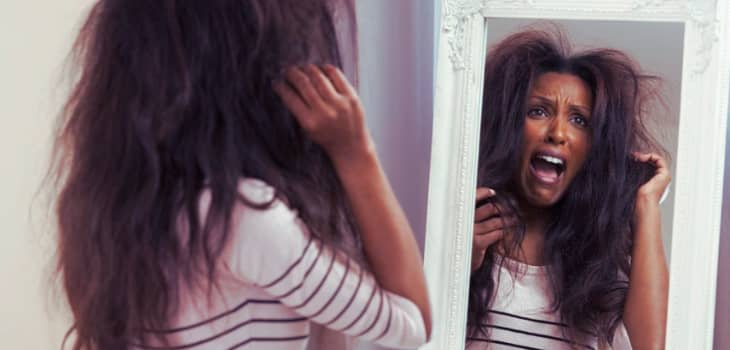
Trim Split Ends
Regular trims are essential for maintaining the health and appearance of your hair. Split ends can contribute to a frizzy and puffy look, so it’s important to trim them periodically. Schedule regular trims every 8-12 weeks, or as needed, to remove damaged ends and keep your hair looking sleek.
Gentle Styling Techniques
Opt for gentle styling techniques to minimize breakage and frizz. Use wide-toothed combs or your fingers to detangle your hair, starting from the ends and working your way up. Avoid aggressive brushing or combing, which can disrupt the hair’s smoothness and contribute to puffiness.
Use Anti-Frizz Products
Incorporate anti-frizz products into your styling routine. Look for serums, creams, or gels specifically designed to combat frizz and add smoothness to the hair. Apply these products sparingly, focusing on the ends and areas prone to puffiness.
Wash your hair
Relaxed hair tends to be drier, and the scalp may produce less natural oil compared to non-relaxed hair. Washing too frequently can strip away the natural oils, leading to dryness and potential puffiness. Washing every 1-2 weeks allows the hair to retain some of its natural oils and maintain moisture balance.
Why Is My Relaxed Hair Puffy – FAQs
Conclusion
this article provides readers with a comprehensive understanding of the causes of puffy relaxed hair and practical strategies to fix and prevent it. By following the advice and seeking professional guidance, individuals can achieve smoother, more manageable, and less puffy relaxed hair, enhancing their overall hair care experience.

